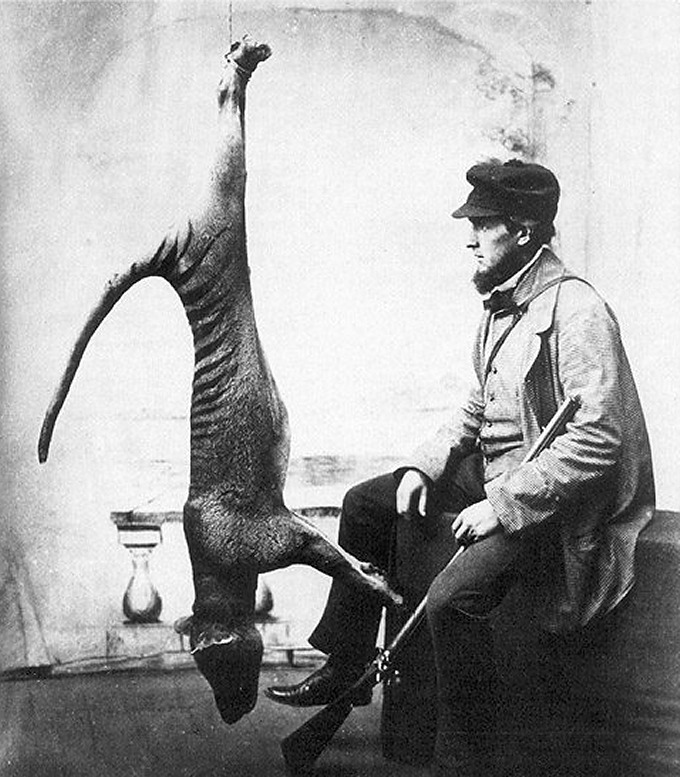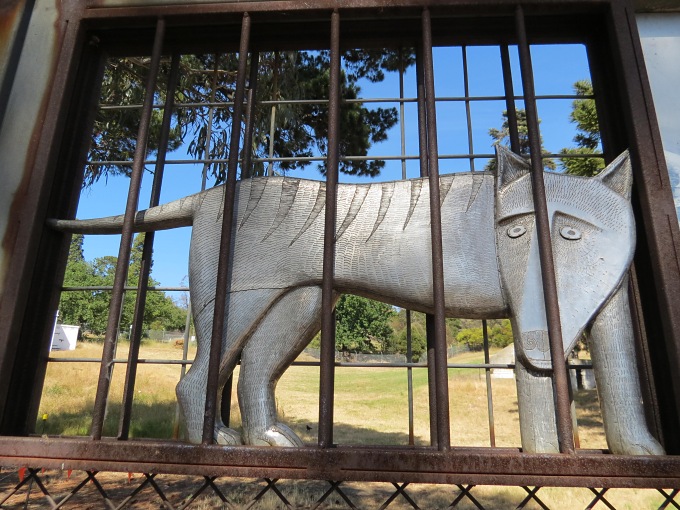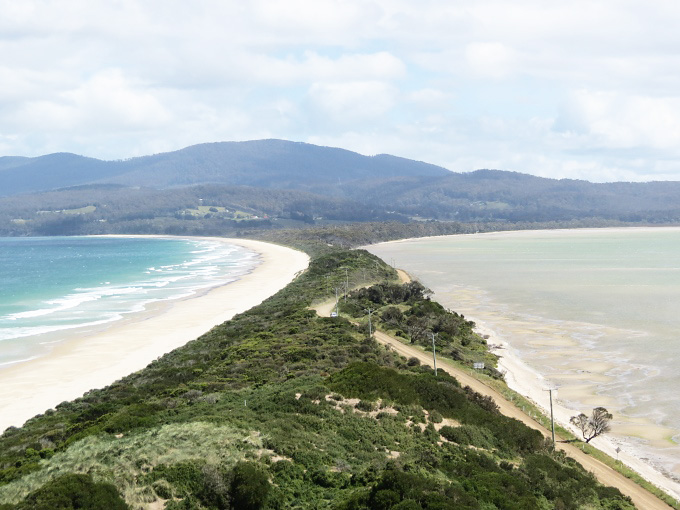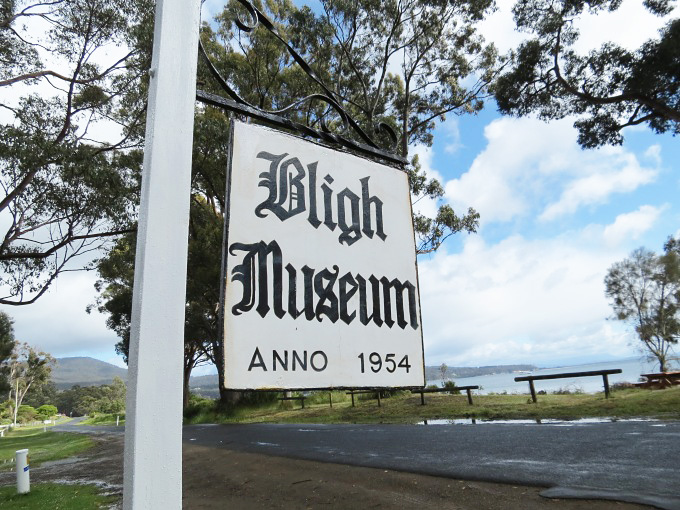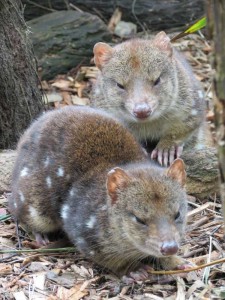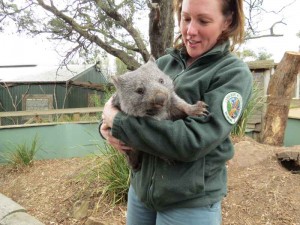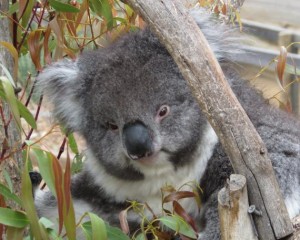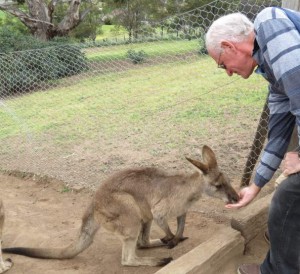Tasmanian Tiger
/Everyone's heard of the Tasmanian devil, thanks to Looney Tunes, but if you're not from down under, you've probably never heard of the Tasmanian tiger. This is neither myth nor legend. The Tasmanian tiger really did exist and not so long ago. We'd never heard of this animal before coming to Tasmania. The thylacine, commonly known as the Tasmanian Tiger because of its striped back, was the largest carnivorous marsupial. Think meat-eater that looks like a striped dog with a pouch for its young.
Originally thought to be widespread in Australia and New Guinea, they became extinct in those areas long before European settlement. Archeological evidence in the form of rock paintings indicates that they might have been hunted by the early humans that inhabited the continent. Thylacines did pretty well in Tasmania for awhile. In 1803 when Europeans first arrived here, they were quite common and it's thought the Aboriginals here used them for meat.
It didn't take long, however, until settlers decided the these critters were harmful to humans, attacked stock and needed to be killed off (sound familiar?). Government bounties were offered and contributed significantly to the hunting and eradication of the beast, but disease and human intrusion impacted them as well, not to mention the introduction of dogs.
By 1910, the animal was considered a rarity and zoos around the world sought them. They didn't fare well in zoos though. The last known thylacine killed in the wild was shot in 1930. The last known Tasmanian Tiger was captured in 1933 and the species became extinct when it died at the Beaumarais Zoo in Hobart in 1936. The last of its kind gone. An entire species became extinct at that moment. When I read this and shared it with David, it made both of our hearts heavy.
The thylacine was an unusual critter. Both males and females had pouches: the female to nurture and protect the young joeys and the male to protect his external reproductive organs when he ran.
Observers noted that the animal ran awkwardly, wasn't very fast (more of a trot) and sometimes hopped on its rear feet, using its tail for balance, very much like a kangaroo. Though they were considered vicious predators, it was thought that their sense of smell and dogged persistence in running down and tiring their prey played a major role in their hunting ability. They were very shy and when captured, they rarely struggled, but rather just surrendered to their captors.
It's closest relative was thought to be the Tasmanian devil, but recent research indicates that the numbat, a striped anteater native to Western Australia, might be more closely related. Despite its official classification as extinct, sightings are still reported, though none have been conclusively proven. There are all sorts of rumors and stories associated with this shy guy which contributes to its mystery. In 1999, the Australian Museum began a project in an effort to bring life to an extinct species through cloning.
A bit of trivia: According to the Parks Tasmania website, mainland Australia has the worst record of mammalian extinctions of any country on Earth, with nearly 50% of its native mammals becoming extinct in the past 200 years. Of course, prior to that, who was really keeping track?
It took us awhile to figure out that the image on the Tasmanian coat of arms and car license plates is that of the elusive Tasmanian Tiger.
| Days and Ways to Celebrate |
| A daily list of mostly obscure holidays and fun ways to celebrate them. |
| Chinese New Year's (1st Day) |
| Celebrate the beginning of the Year of the Snake. Wear red and go out for Chinese food. |



